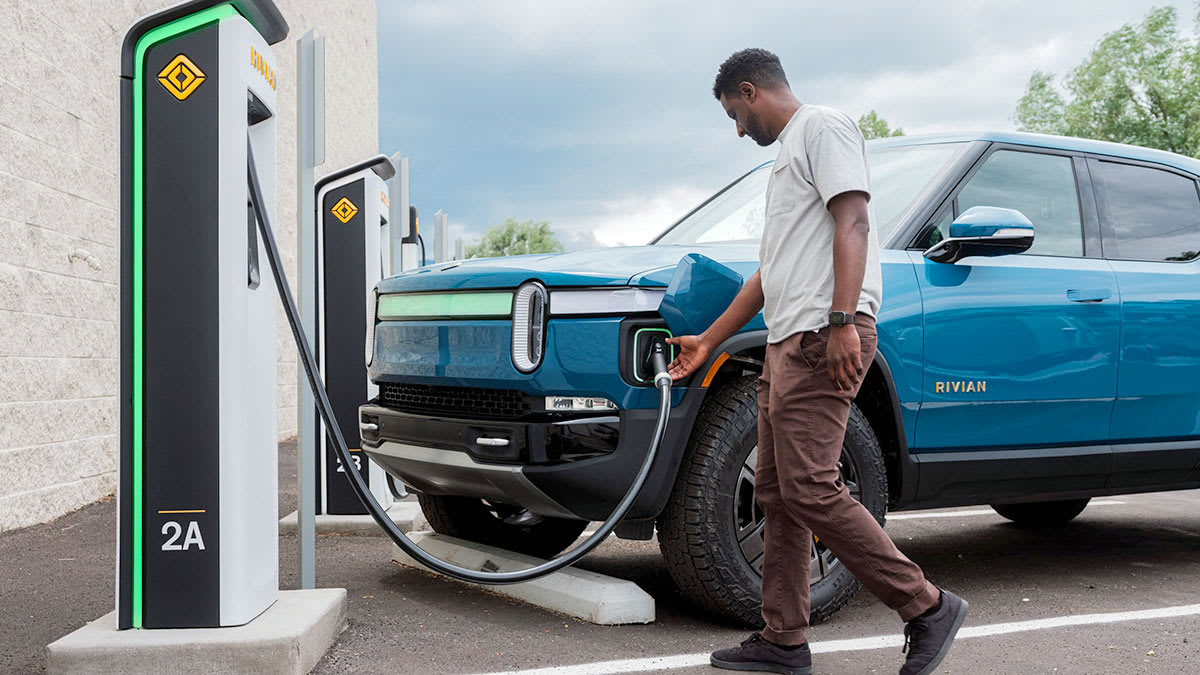
The Most Common EV Charging Problems—and How to Avoid Them
- 18.03.2025 11:29
- consumerreports.org
- Keywords: Tesla, Rivian
Electric car owners face issues in 1 out of every 5 public charging sessions, primarily due to payment problems and faulty hardware. Tesla Superchargers and Rivian’s network have fewer issues compared to others like Shell Recharge.